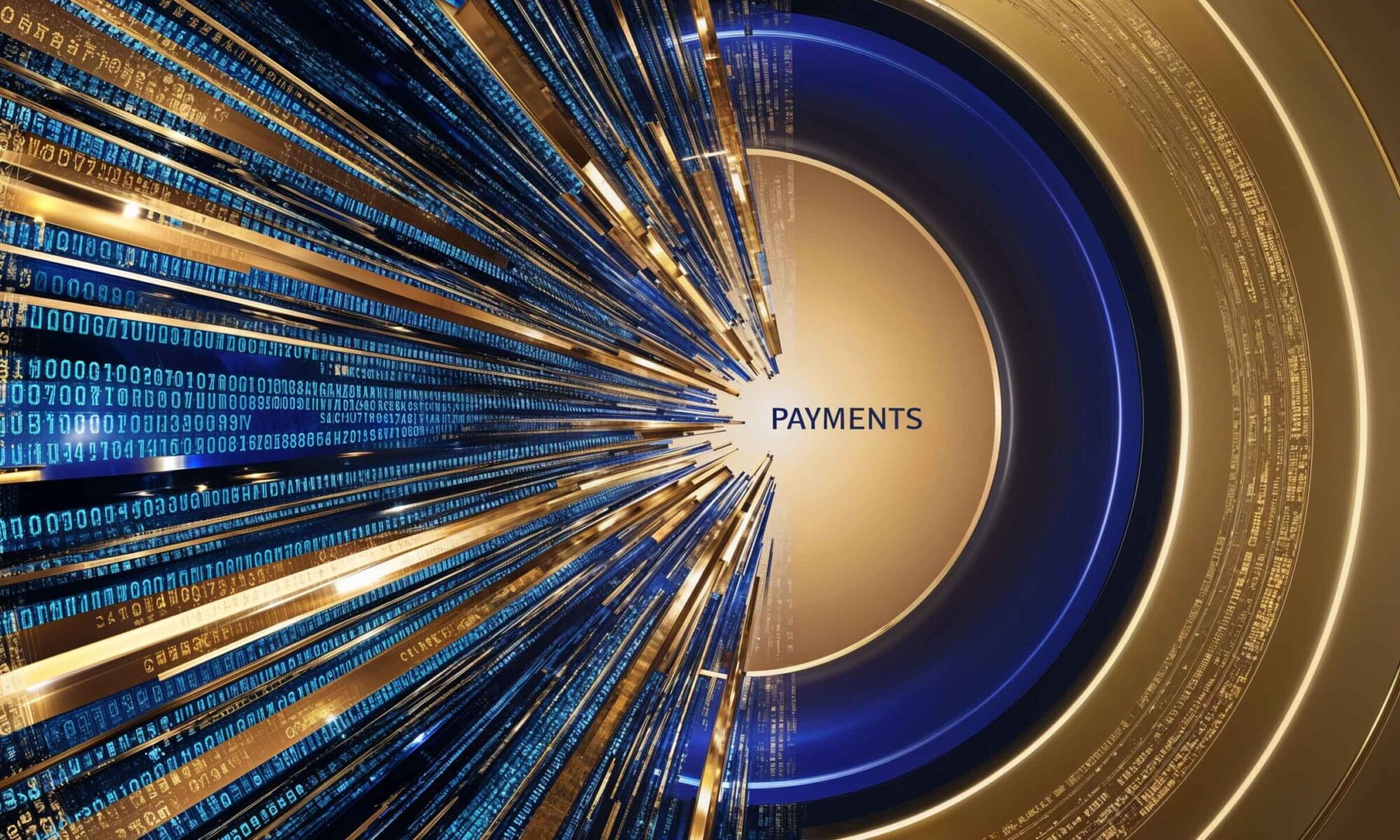Here are some of the 7 biggest misconceptions about privacy stablecoins:
1. Privacy stablecoins are completely untraceable
While privacy stablecoins aim to enhance transaction privacy, they are not necessarily completely untraceable. Advanced forensic techniques and blockchain analysis can still potentially reveal some information about transactions (1). The level of privacy depends on the specific implementation and technology used.
2. Privacy stablecoins are only used for illicit activities
This is a common misconception about privacy-focused cryptocurrencies in general. While privacy features can be misused, they also serve legitimate purposes such as protecting financial privacy and preventing unauthorized surveillance of personal transactions (1).
3. Privacy stablecoins are incompatible with regulations
Some believe that privacy features make stablecoins incompatible with regulatory requirements. However, projects are working on solutions that balance privacy with regulatory compliance, such as allowing for necessary audits and checks without compromising user privacy (1).
4. Privacy stablecoins are less secure than traditional stablecoins.
Privacy features do not necessarily make stablecoins less secure. When implemented properly, privacy stablecoins can offer robust security measures similar to or even surpassing those of traditional stablecoins and financial services (1).
5. All privacy stablecoins are the same
Just as with regular stablecoins, there can be significant differences between various privacy stablecoin projects in terms of their backing, technology, and level of privacy offered (1).
6. Privacy stablecoins are fully decentralized
While some privacy stablecoin projects aim for decentralization, many still rely on centralized entities for issuance and management of the underlying assets, similar to traditional stablecoins (1).
7. Privacy stablecoins solve all issues of financial privacy in crypto
While privacy stablecoins address some privacy concerns, they are not a complete solution to all privacy issues in the cryptocurrency space. Users still need to be aware of other potential privacy leaks, such as at the point of exchange or when interacting with other blockchain services (1).
Understanding these misconceptions is crucial for users and policymakers to accurately assess the potential benefits and challenges of privacy stablecoins in the evolving landscape of digital finance.
